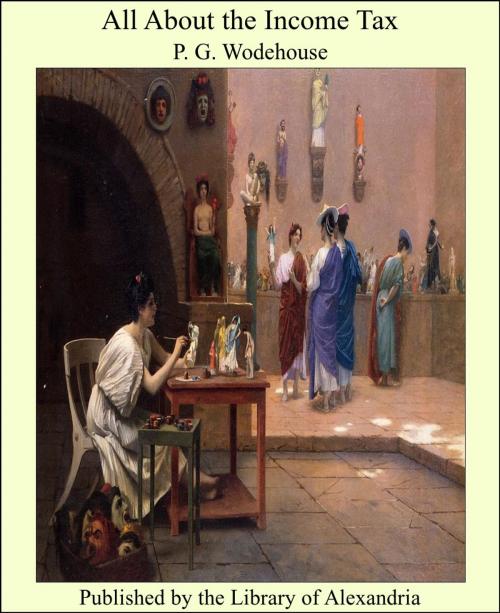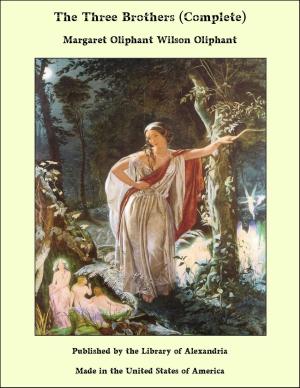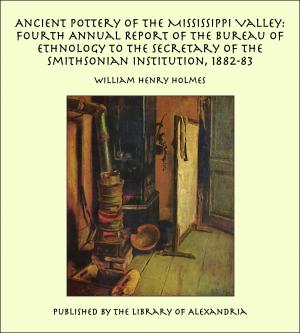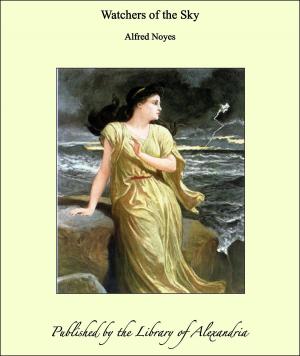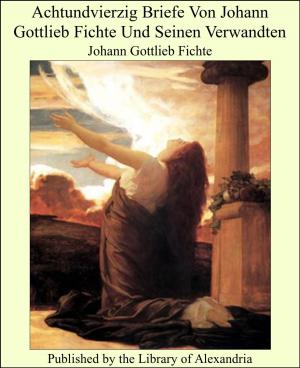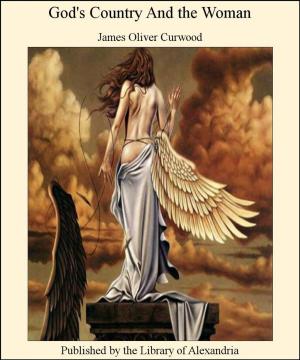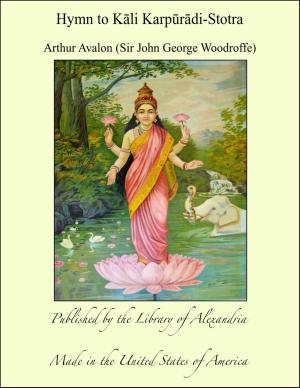All About the Income Tax
Nonfiction, Religion & Spirituality, New Age, History, Fiction & Literature| Author: | Sir Pelham Grenville Wodehouse | ISBN: | 9781465540201 |
| Publisher: | Library of Alexandria | Publication: | March 8, 2015 |
| Imprint: | Language: | English |
| Author: | Sir Pelham Grenville Wodehouse |
| ISBN: | 9781465540201 |
| Publisher: | Library of Alexandria |
| Publication: | March 8, 2015 |
| Imprint: | |
| Language: | English |
OF all the Egyptian religious beliefs that existed from the Prehistoric period down into Roman times, the oldest and the one most held in veneration was that connected with the worship of Osiris, Isis and Horus. These three, though primarily only local gods, at an. early period became prominent deities of all Egypt; and the cult of Isis, more particularly, remained a favourite always, rivalling even that of Osiris in later times. During the many thousand years of Egyptian history, not only did many changes occur in the ceremonies connected with these cults, but also the legends and origin of the Osirian faith received many additions and interpolations; and thus the old faith lost much of its purity. The simplest form in which it is preserved to us states that Osiris was the son of Seb and Nut-- i.e. Earth and Heaven; of whom were born also Isis, Nephthys and Set, or Sutekh, as he is also called, Osiris married his sister Isis, while Set chose Nephthys. It is probably due to this feature of the legend that the Pharaohs often married their sisters, and occasionally also their daughters. Osiris was the first divine ruler of Egypt: whence he came is not told; but when he came to that country, he found it sunk in barbarism and ignorance, with no law but that of strength, and poverty everywhere. He went through the land settling quarrels, organizing government, teaching polite manners and customs, dictating laws and civilizing the people. Set, his brother, became jealous of the renown of Osiris, and hated him because of the good he had done; and resolved upon his destruction. Assisted by the evil spirits, or demons (the "enemies" or "foes" of the chants), Set constructed a large chest exactly the size and shape of the body of his brother Osiris; and at a feast given by the latter, he offered to present the chest, which was richly adorned, to the one whose body it best fitted. No one was successful until Osiris entered the chest, when Set closed it, and with the help of the evil spirits bore it from the banquet hall and cast it into the Nile. Thereupon Isis fled to the Delta, taking with her Horus, her son, whom she left to be cared for in Buto, according to some legends; Others say he was left with Tehuti, or Thoth, god of learning. Isis then took a boat and searched the Nile for the body of her husband, which she ultimately found in the Delta. Before it could be interred, however, it was stolen by Set, who then divided the body into fourteen portions, and scattered them over the whole of Egypt. Again the bereaved Isis commenced a search for the pieces of her husband's body, and found thirteen; the fourteenth piece, the phallus, she was unable to find, it having been eaten by fish. Wherever a fragment of the body of Osiris was found, a temple was there erected to his memory; and as the head (or according to some authorities, the heart) was found at Abydos, that city was considered as especially sacred, and was the centre of his worship
OF all the Egyptian religious beliefs that existed from the Prehistoric period down into Roman times, the oldest and the one most held in veneration was that connected with the worship of Osiris, Isis and Horus. These three, though primarily only local gods, at an. early period became prominent deities of all Egypt; and the cult of Isis, more particularly, remained a favourite always, rivalling even that of Osiris in later times. During the many thousand years of Egyptian history, not only did many changes occur in the ceremonies connected with these cults, but also the legends and origin of the Osirian faith received many additions and interpolations; and thus the old faith lost much of its purity. The simplest form in which it is preserved to us states that Osiris was the son of Seb and Nut-- i.e. Earth and Heaven; of whom were born also Isis, Nephthys and Set, or Sutekh, as he is also called, Osiris married his sister Isis, while Set chose Nephthys. It is probably due to this feature of the legend that the Pharaohs often married their sisters, and occasionally also their daughters. Osiris was the first divine ruler of Egypt: whence he came is not told; but when he came to that country, he found it sunk in barbarism and ignorance, with no law but that of strength, and poverty everywhere. He went through the land settling quarrels, organizing government, teaching polite manners and customs, dictating laws and civilizing the people. Set, his brother, became jealous of the renown of Osiris, and hated him because of the good he had done; and resolved upon his destruction. Assisted by the evil spirits, or demons (the "enemies" or "foes" of the chants), Set constructed a large chest exactly the size and shape of the body of his brother Osiris; and at a feast given by the latter, he offered to present the chest, which was richly adorned, to the one whose body it best fitted. No one was successful until Osiris entered the chest, when Set closed it, and with the help of the evil spirits bore it from the banquet hall and cast it into the Nile. Thereupon Isis fled to the Delta, taking with her Horus, her son, whom she left to be cared for in Buto, according to some legends; Others say he was left with Tehuti, or Thoth, god of learning. Isis then took a boat and searched the Nile for the body of her husband, which she ultimately found in the Delta. Before it could be interred, however, it was stolen by Set, who then divided the body into fourteen portions, and scattered them over the whole of Egypt. Again the bereaved Isis commenced a search for the pieces of her husband's body, and found thirteen; the fourteenth piece, the phallus, she was unable to find, it having been eaten by fish. Wherever a fragment of the body of Osiris was found, a temple was there erected to his memory; and as the head (or according to some authorities, the heart) was found at Abydos, that city was considered as especially sacred, and was the centre of his worship
